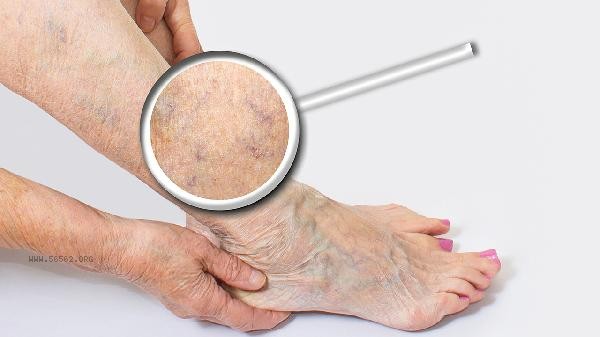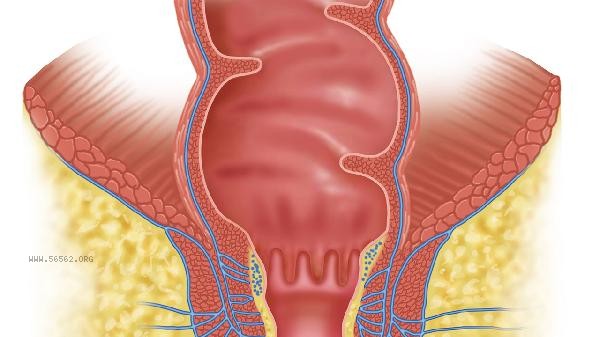When the pulmonary capillary wedge pressure PCWP is below 6 mmHg, it indicates insufficient blood volume or excessive vasodilation. The abnormal decrease of PCWP is mainly related to factors such as low blood volume, use of vasodilators, septic shock, right heart failure, pericardial tamponade, etc. It needs to be comprehensively judged based on clinical symptoms and hemodynamic monitoring.

1. Low blood volume:
Blood loss, severe dehydration, or insufficient fluid intake leading to a decrease in circulating blood volume are the most common reasons for PCWP below 6 mmHg. Symptoms such as decreased skin elasticity, decreased urine output, and increased heart rate require fluid replacement to restore effective circulating blood volume, and plasma substitutes may be administered if necessary.
2. Vascular Dilation Status: Excessive use of vasodilators such as nitroglycerin can reduce peripheral vascular resistance, leading to a decrease in PCWP. Patients may experience symptoms such as orthostatic hypotension and dizziness, which can be relieved by adjusting the medication dosage. In severe cases, vasoactive drugs may be used to maintain blood pressure. Sepsis shock: The systemic inflammatory response caused by SEP infection leads to increased vascular permeability and abnormal dilation, with PCWP often below 6 mmHg accompanied by high fever and lactate elevation. Early fluid resuscitation combined with antibiotic treatment is required, and vasoactive drug support may be necessary.
4. Right heart dysfunction:
Pulmonary embolism or chronic pulmonary heart disease leads to a decrease in right ventricular output, and insufficient left ventricular filling causes a decrease in PCWP. Typical symptoms include jugular vein engorgement and positive hepatic jugular vein reflux sign, requiring anticoagulant or cardiotonic therapy for the primary disease.

5. Pericardial tamponade:
Pericardial effusion restricts ventricular diastolic filling, leading to a significant decrease in PCWP and the appearance of strange pulse, distant heart sound, and other signs. Immediate pericardial puncture drainage is required, while treating primary diseases such as tuberculous pericarditis or malignant tumors.
During the monitoring of PCWP, one should maintain a supine position to avoid the influence of body position, and record the 24-hour inflow and outflow to evaluate the capacity status. For patients with low risk of PCWP, daily attention should be paid to maintaining electrolyte balance, avoiding intense exercise induced hypotension, and limiting sodium intake for those with heart failure. It is recommended to regularly review cardiac ultrasound and blood gas analysis, and seek emergency medical attention if symptoms such as breathing difficulties and changes in consciousness occur. Long term low PCWP status may lead to insufficient organ perfusion, and individualized treatment plans should be developed under the guidance of a doctor.









Comments (0)
Leave a Comment
No comments yet
Be the first to share your thoughts!